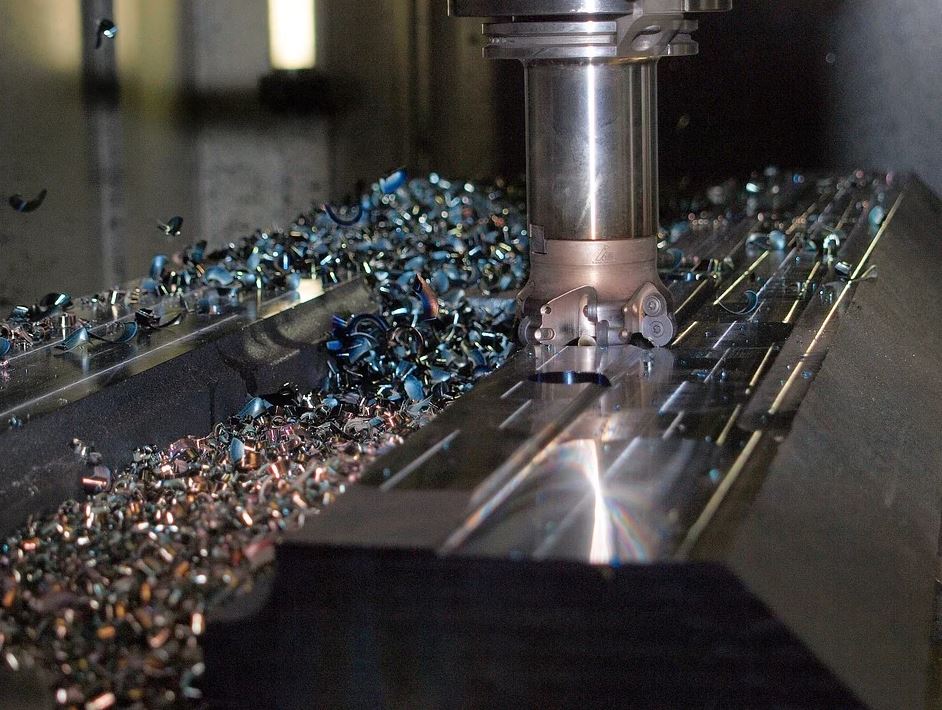Plastic energy chains ward off 850°C hot swarf in machine tools
Lukas Czaja | 14. April 2020
Machine tools have become an integral part of the industry. Thanks to them, metallic workpieces are produced with the highest precision, which are used, for example, in the automotive industry or in the aerospace industry. In all machine tools the desired contour is achieved by the interaction of tool and workpiece. Depending on the technology, either the tool or the workpiece rotates. During milling, the tool rotates while the workpiece remains stationary. During turning, the skewer is reversed if only the workpiece is rotating. In any case, it generates swarf that is fascinating to look at but can also be dangerous for mechanical components. Something that hardly anyone knows: energy chains made of plastic ward off even 850°C hot swarf in the short-term.

Swarf has a short-term temperature above 800°C
The flying sparks are quickly explained physically: heat is generated by the interaction of friction and reforming. Hot metallic shavings are produced. The higher the tool or workpiece rotation, the higher the heat generation. Temperatures of over 1000°C are possible. Less than 20% of the heat generated remains in the tool and the workpiece. Whereas up to 80% of the heat is absorbed by the swarf. In the short-term this swarf can therefore be hotter than 800°C.

igus® plastics defy 850°C
In modern machine tools, mechanical components are placed behind protective covers wherever possible. However, this is not possible for all machine types. In a lathe, the steady rest and tailstock are often supplied with energy directly in the machining area. Energy chains protect cables and media hoses and ensure safe guidance. How is it now possible for plastic components to cope with 800°C hot swarf? The answer lies in a specially developed high temperature (HT) material. Short-term temperatures of up to 850°C are possible. Detailed information on the use of swarf-resistant energy chains in machine tools can be found here:
Here you can find more exciting blogs by igus machine tool experts:
